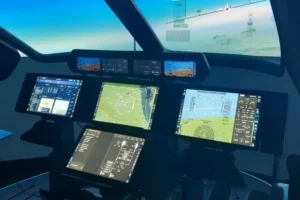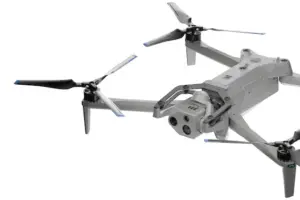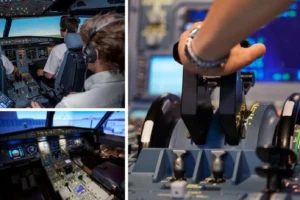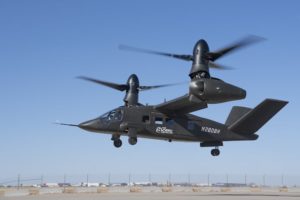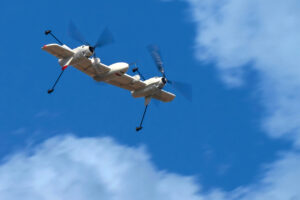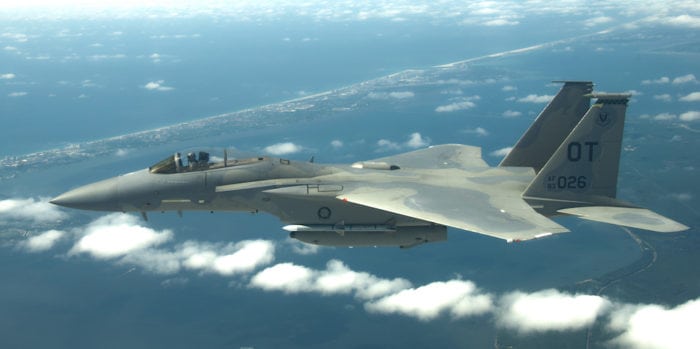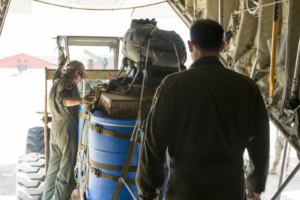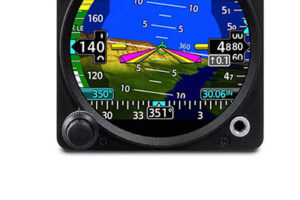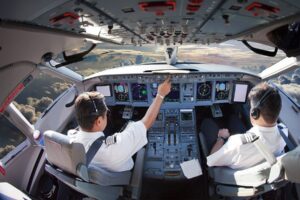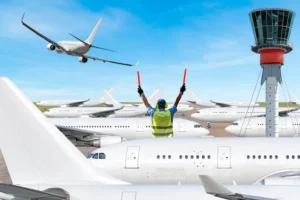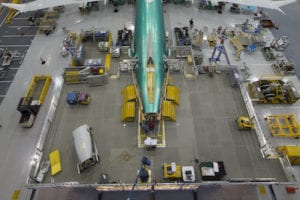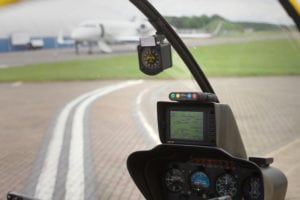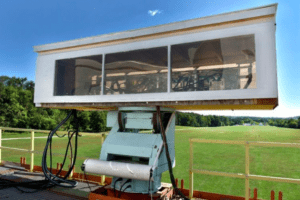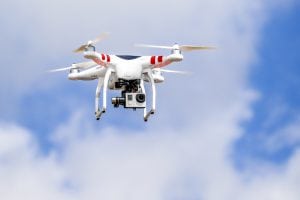Southwest 737s to See Avionics Upgrade
By Juliet Van Wagenen | May 11, 2015
Send Feedback
[Avionics Today 05-08-2015] Southwest Airlines has announced it will equip its current Boeing 737NG fleet as well as future 737 MAX aircraft — for which Southwest is set to become the launch customer in 2017 — with Honeywell’s full suite of avionics. The new set of cockpit technologies will modernize the airline’s array of 737s, increasing operational efficiency and situational awareness, while reducing weight and bringing the aircraft in line with current and upcoming government airspace mandates.
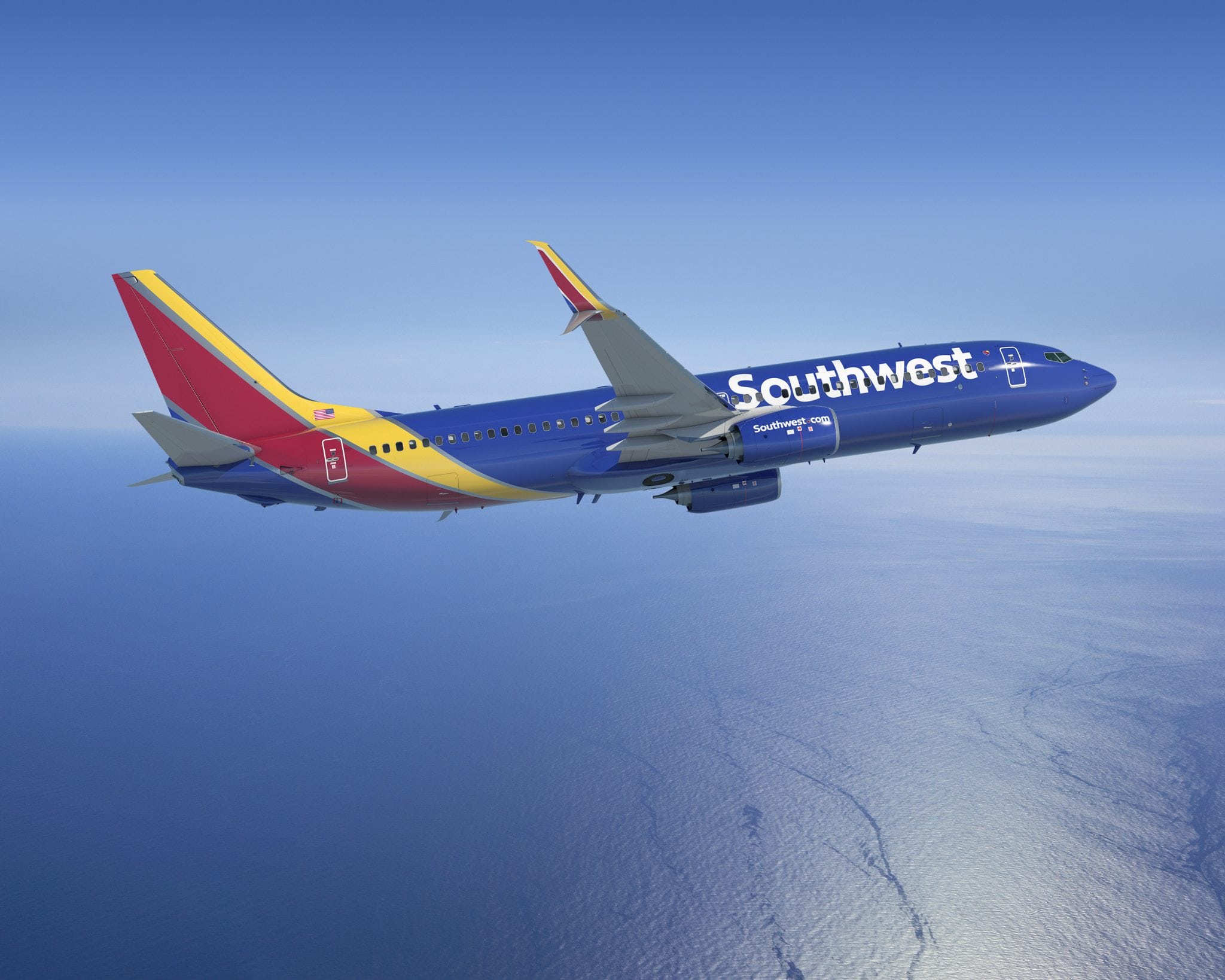 |
| Photo: Honeywell |
“The timing of this decision is based on our company’s continued focus on fleet modernization including preparing for the introduction of the 737 MAX in 2017 and to equip our aircraft now for future FAA-mandated cockpit requirements,” Craig Drew, vice president of flight operations at Southwest, told Avionics Magazine. “The potential benefits of the system include more flexible and continuous aircraft routing, extended surveillance capabilities, and enhanced aviation safety industry-wide.”
The full avionics suite for Southwest’s 737 fleet includes Honeywell’s Aspire satellite communications system, which will enable concurrent voice and data communications to and from the cockpit over the Inmarsat and Iridium networks; the company’s IntuVue RDR-4000 3-D Weather Radar, which can automatically depict weather in the flight path of an aircraft and provide turbulence detection up to 60 nautical miles ahead; SmartTraffic Traffic Collision Avoidance System (TCAS) to enable the aircraft for Automatic Dependent Surveillance-Broadcast (ADS-B) functionality in line with FAA NextGen requirements alongside a new Mode S transponder; a Mark II+ communications management unit to manage two-way data link communications between aircraft and ground via HF and VHF radios and satellite; Quantum Line communication and navigation sensors, a new line of VHF data radios; and new flight data and cockpit voice recorders.
“This suite gets Southwest set for all of the upcoming mandates, particularly NextGen. There’s a lot of safety in this as well, especially with the IntuVue weather radar which automates a lot of the work for the pilot and predicts hazardous weather such as hail and lightning,” explained John Ashton, vice president of customer segment for airlines at Honeywell Aerospace. “We’re saving 22 pounds, which is significant, any weight you can pull out of an aircraft is important as it reduces fuel costs.”
The aircraft will also feature Honeywell’s Integrated Multi-Mode Receiver (IMMR), which will provide new wave navigation technologies that are meant to be more accurate than current landing tech, such as a Satellite-Based Augmentation System (SBAS) and Ground-Based Augmentation System (GBAS) landing systems. Southwest is one of the first adopters of Honeywell’s IMMR.
“The IMMR is key to the whole package because it combines a lot of navigation capabilities, both ground and satellite based into a single unit. It’s future proof for things like CATIII GPS Landings and multi-constellation, is more reliable and eliminates 2 boxes from the aircraft so we can offer significant weight and cost savings,” said Ashton.
While some of the avionics upgrades are necessary to comply with upcoming mandates, the airline is also looking to embrace the benefits NextGen tech can offer. Southwest equipped with Electronic Flight Bag (EFB) technology last summer and has been actively engaging in implementing new tech and the formation of NextGen standards and procedures, such as the broad adoption of Performance-Based Navigation (PBN).
“All of the concepts that fall under the NextGen Program — PBN, surface operations, DataComm, improved multiple runway operations, and System Wide Information Management (SWIM) — are of keen interest to Southwest, and we will continue to work in support of the transformation of the [National Airspace System] NAS through the evaluation of these concepts,” said Drew.
Southwest is the world’s largest operator of Boeing 737s, with more than 530 of the NG model aircraft currently in service. It will take years of staggered maintenance to equip the full fleet, although the airline ensures the modifications surrounding the Automatic Dependent Surveillance-Broadcast (ADS-B) Out installations will be completed before the Jan. 1, 2020 deadline.
“Modifications and upgrades of the various systems are paced and sequenced to maximize airplane availability for operations and to minimize implementation costs,” said Drew. “The first phase of ADS-B Out will be completed before 2020. We will continue upgrades for greater precision GPS until the 2025 timeframe. Data link upgrades will be completed in the 2019 timeframe. Schedules for other systems are currently being developed, but the typical horizon for broad equipage efforts is 4 to 5 years.”
While the airline is keen on the new technology and early to adopt, the time it will take to perform the Maintenance, Repair and Overhaul (MRO) work still presents something of an issue.
“The biggest challenge is time to install new technology, particularly if it is hardware, as it just takes time,” he said.


